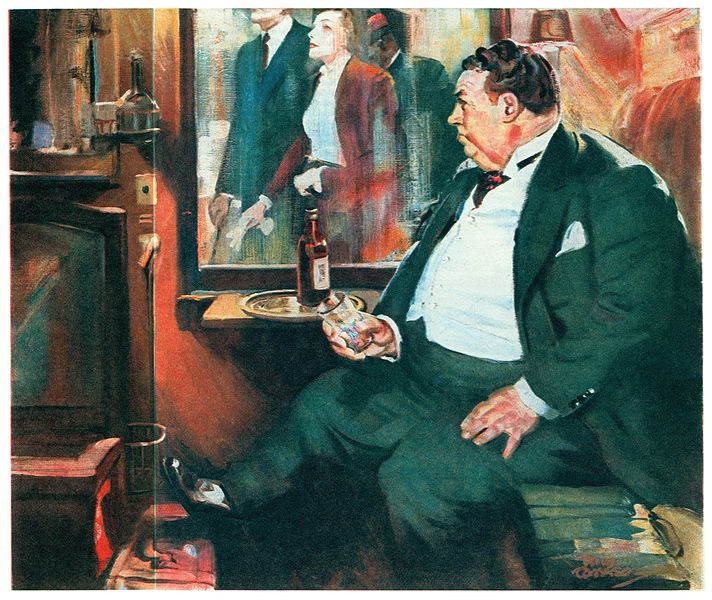Milan skyscrapers Bosco Verticale were named Best Tall Building Worldwide in 2015 by the Council on Tall Buildings and Urban Habitat, beating out 120 other contenders.
The two towers, 111 and 76 meters tall, are covered top to bottom with more than 900 trees, which attenuate noise, produce oxygen, and regulate temperature: During the summer, the leaves shade the apartments, and during the winter the leaves drop, allowing sunlight in. The building’s irrigation system directs water onto the porches to sustain the plants.
Each tree had to be pruned to fit within its balcony, a process that took two years. If all of them were transplated to the ground they’d make a forest of nearly two acres.
And “The Vertical Forest increases biodiversity,” architect Boeri Studio told Arch Daily. “It promotes the formation of an urban ecosystem where various plant types create a separate vertical environment, but which works within the existing network, able to be inhabited by birds and insects (with an initial estimate of 1,600 specimens of birds and butterflies). In this way, it constitutes a spontaneous factor for repopulating the city’s flora and fauna.”




